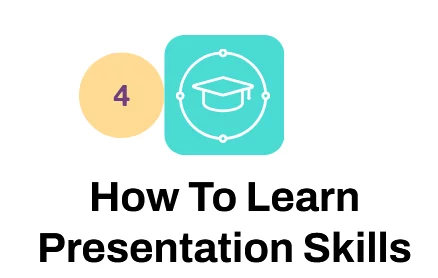
Structuring A Talk To Command Attention
Grabbing and holding an audience’s attention isn’t just about flashy visuals or dramatic stories.
It’s about structure.
A well-structured talk provides clarity, builds suspense, and drives your message home.
In my experience delivering talks to rooms full of time-strapped professionals, I’ve learned this:
The right structure doesn’t just help you speak better, it makes people want to listen.
1. Open With Intention
Why It Matters: You only get one chance to earn attention.
Your opening must create curiosity or spark emotion.
Building great visuals that help aid your speech rather than distract from it is key here.
Start With:
- A personal anecdote or surprising statistic.
- A provocative question.
- A bold claim that you plan to prove.
Field note: I once opened a leadership talk by asking, “When was the last time someone truly listened to you?” The pause in the room was palpable.
2. State A Clear Promise
Why It Matters: People want to know what’s in it for them.
A clear, concise promise focuses your talk and sets expectations.
This is where you need to understand your audience and what they want.
Craft Your Promise:
- Define what the audience will gain.
- Keep it benefit-driven and memorable.
- Use the phrase: “By the end of this talk, you will…”
3. Use a Memorable Framework
Why It Matters: Structure makes ideas stick.
Audiences remember frameworks more easily than loose narratives.
Effective Frameworks:
- The Balanced Structure: Insight, example, action.
- Story Sandwich: Story → Lesson → Story.
- Problem-Root Cause-Solution: Great for persuasive or technical talks.
Pro tip: Use repetition. Introduce your structure early and reference it throughout.
4. Elevate With Emotion
Why It Matters: Emotion drives retention. Stories and metaphors make content memorable.
Incorporate:
- Personal or audience-relevant stories.
- Analogies that clarify abstract concepts.
- Honest reflections that create connection.
Anecdote: Sharing a failure from my early speaking days not only humanized me, it made the room lean in.
5. Close With Power
Why It Matters: The ending shapes the takeaway. A strong close reinforces your promise and compels action.
Close With:
- A summary of your key ideas.
- A final story that brings your message full circle.
- A clear next step or challenge for the audience.
Golden Rule: End with the same energy and clarity you began with.
A commanding talk doesn’t shout for attention.
It earns it through structure, clarity, and connection.
- Facebook: https://www.facebook.com/profile.php?id=100066814899655
- X (Twitter): https://twitter.com/AcuityTraining
- LinkedIn: https://www.linkedin.com/company/acuity-training/







